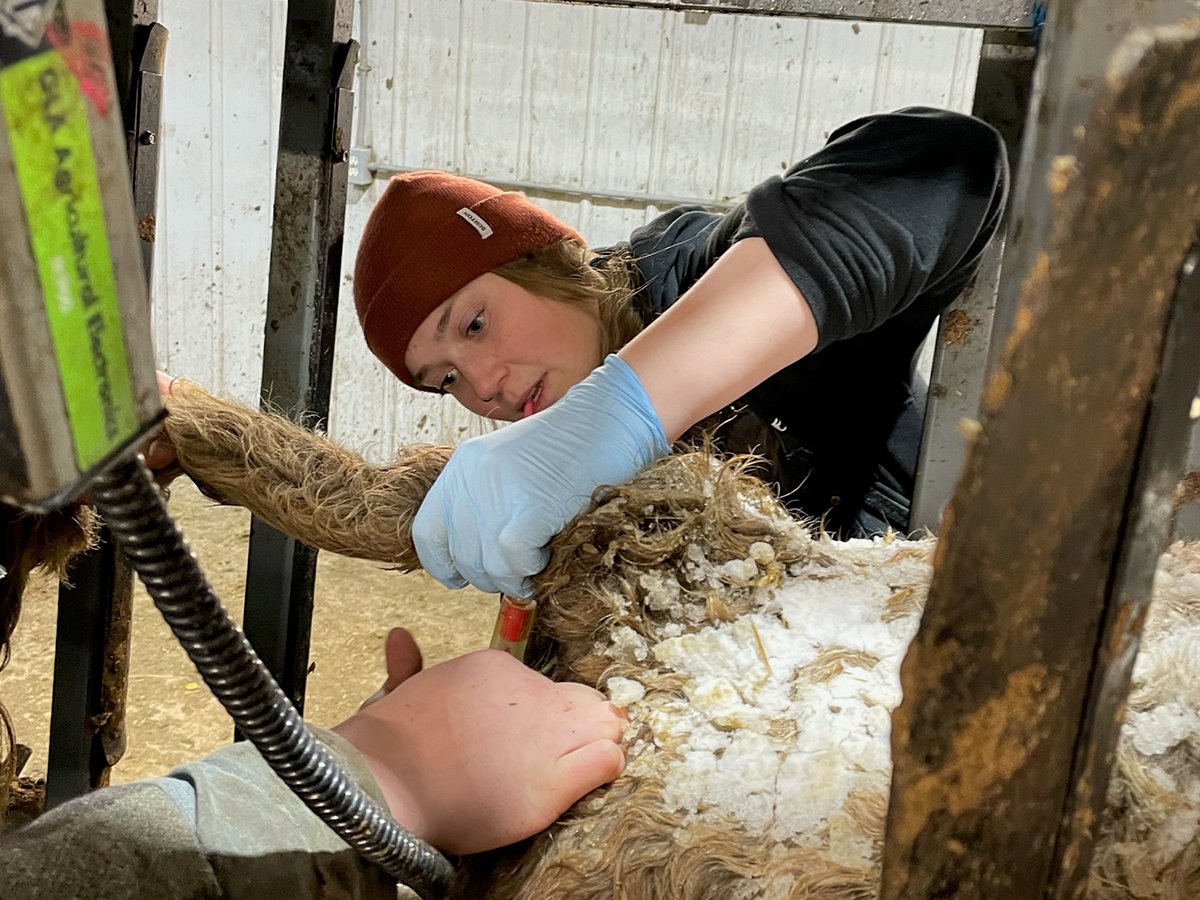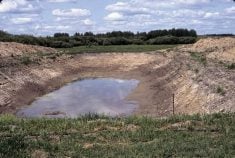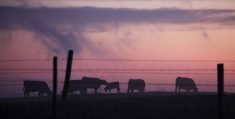A veterinarian with a pharmaceutical company says the livestock industry should resist going too far in reducing use
RED DEER — More antibiotics are used to promote growth and control disease in livestock than in the entire human population, but that is not the full story.
“This statement does not provide context,” said Gail Cunningham, a veterinarian with Boehringer Ingelheim.
She said measuring use by kilograms requires more explanation because different drugs weigh more and dosages are adjusted according to the weight and type of the animal. For example, oxytetracycline is heavier than ceftiofur.
As well, some years may show higher antibiotic use than normal due to special conditions. Circovirus peaked in pigs in 2006, and there was a subsequent spike in use compared to other years.
Read Also

Pen riders better than tech at detecting respiratory disease in feedlot cattle, says researcher
Katrina Garneau’s recent research found that pen riders are better than technology at flagging signs of BRD in feedlot cattle.
That illustrates the need to explain the situation behind the numbers, Cunningham said.
She said there is international pressure to reduce the use of antibiotics, but sick animals still need treatment so antimicrobials must still made available.
“Regardless of where you start, there are improvements to be made, but there is an endpoint where I don’t think we can go below,” she said.
“It is important to understand what antimicrobials you are using, why you are using them and when you use them,” she told a recent hog technology workshop in Red Deer.
Cunningham encourages hog producers to keep records on sow inventory, medication inventory, what the products were used for, how well they worked and what class of drug was used to get a better picture of common industry practices.
“These kinds of episodes needed to benchmarked so more realistic comparisons can be made,” she said.
Stricter rules with more veterinary oversight on antibiotic use are coming. The plan is to eliminate growth promotion claims around antibiotics while maintaining the drugs’ ability to fight disease.
Pharmaceutical companies report sales to the Canadian Animal Health Institute, which forwards the information to the Canadian Integrated Program for Antimicrobial Resistance Surveillance.
“We provide them on an annual basis the kilograms of active ingredients that are sold by families of antimicrobials,” said institute president Jean Szkotnicki.
Reporting has become more sophisticated, but it relies on sales information rather than actual use.
“We provide the total kilograms by the family of drugs,” he said.
“We are now doing it by breaking it down by province, companion animal, production animals and route of administration.”
The most recent information indicates that the largest antibiotic category is tetracycline at 39 percent of total use, followed by ionophore coccidiostats at 29 percent.
Use was down nearly two percent in 2013 from 2012.
Human prescriptions were estimated at 197,753 kg while livestock was 1.6 million kg.
Studies are underway to obtain more accurate measures of what is being used and how it is reported.
“Recording the total millilitres you would use is misleading because it is all about the active ingredient that you are actually delivering,” said Reynold Bergen of the beef cattle research council.
There are several ways to obtain that information, including animal defined daily dose, which is the active amount of ingredient that an animal would receive. It is adjusted for the concentration and difference in how the drug is maintained.
The population corrected unit, which is the amount of drug adjusted by the body weight of the animal, is a widely used recording system in Europe.
The beef research council is funding a study on use and the extent of resistance to common drugs.
This project will look at records from more than two million feedlot cattle in 25 to 35 commercial feedlots over a four year period, which provides a more current and comprehensive picture of antimicrobial use in Canada’s cattle feeding sector.
Researchers are collecting samples from manure piles, pens, composted manure versus non composted piles, fields where manure was spread and water samples from municipal supplies and collection ponds. As well, the DNA of resistant bacteria will be collected and compared to see if there is a connection between human and livestock resistance problems.
barbara.duckworth@producer.com















